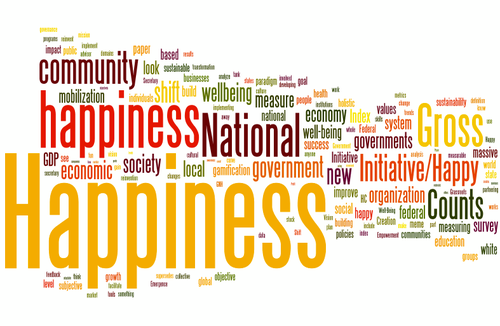Just out from our colleagues at the Happiness Alliance: an overview of 2017 data compiled…
Online Business Publication Highlights Well-Being Measures for Employees
 One of the cornerstone’s of GNHUSA’ s work is the concept that what we choose to measure is critically important in guiding policy-making, in businesses as well as on the governmental level. Naturally we’re interested in how others are approaching the “measuring-what-matters” issue — like Sharon Florentine, Senior Writer for the online business site, CIO. Check out Sharon’s article, “How to Track Employee Well-Being as a KPI [Key Performance Indicator]” excerpted below.
One of the cornerstone’s of GNHUSA’ s work is the concept that what we choose to measure is critically important in guiding policy-making, in businesses as well as on the governmental level. Naturally we’re interested in how others are approaching the “measuring-what-matters” issue — like Sharon Florentine, Senior Writer for the online business site, CIO. Check out Sharon’s article, “How to Track Employee Well-Being as a KPI [Key Performance Indicator]” excerpted below.
 By Sharon Florentine
By Sharon Florentine
“The health and well-being of any organization starts with its employees. Companies that understand this and devote time, energy and money toward programs and initiatives that support employee well-being will have a competitive advantage over those that don’t, says Karen Williams, chief product officer at workforce management software company Halogen Software.
However, you can’t gauge what you can’t measure — so how can you measure something as nebulous as well-being? And do you even have to?
“The key reason you want to be focused on your employees’ wellness and well-being is engagement. A ‘well’ organization has ‘well’ employees. Focusing on well-being has a significant impact on your employees, and that leads to better business outcomes for your company,” Williams says.
And. yes, well-being and wellness absolutely are metrics that should be measured, if for no other reason than to show C-level executives the correlation between well-being and better outcomes, says Henry Albrecht, CEO at health and wellness technology company Limeade.
“Do you even need to measure this? Well, I’d say if you’re meeting with the Dalai Lama, then no. But if you’re meeting with a business leader, or a CIO, those folks don’t get paid just to do things that feel good. You have to come armed with data and measurable results that they can see,” Albrecht says.”
Read the complete article here.



